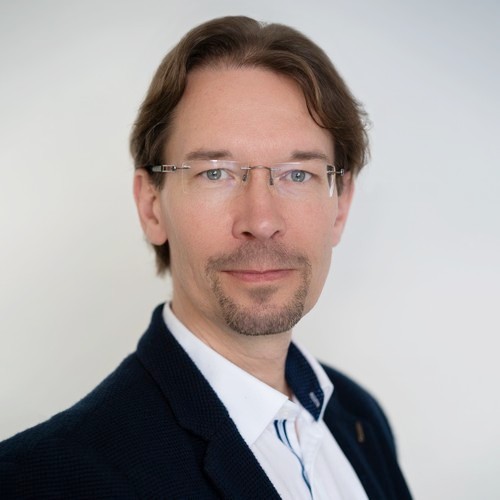Dynamic Processes
Simulations are used to study dynamic processes. They are used when experimenting with real processes is too expensive, risky, complicated, or time consuming. Therefore, a model is designed for a simulation, which can be used to perform analyses that are as meaningful as possible.
In industry, this technique is used, for example, to safely investigate risky chemical processes, to train pilots at low cost, or to optimize production processes, as in the manufacture of vehicles.
Model Types
There are a number of different model types for simulation. Their designation depends on the investigation method, the state transitions and the imaging medium of the simulation. According to B. Page, a distinction is made between analytical models and simulation models.
The former model maps processes onto mathematical systems of equations. This is used, for example, to make predictions about the behavior of the market economy. "Analytical studies are ... limited to systems of relatively low complexity because of mathematical restriction." These restrictions arise from the large amount of time required for calculations of higher order systems of equations.
This contrasts with the simulation model, which approaches a solution step-by-step; this has the advantage of being able to intervene in and manipulate the simulation throughout its progress.
The intermediate solutions are also called states, which brings us to the next distinguishing feature, state transitions. In the case of dynamic models, a distinction is made on the one hand between continuous and discrete, and on the other hand between deterministic and stochastic state changes.
State Transitions
Models with continuous state transitions are examples of physical simulation models. In them, one state transitions smoothly into the other, which is characteristic for analog models. Discrete (separated) state transitions occur in digital simulations. If continuous models are to be simulated digitally, discretization is necessary. This can be done by transforming differential equations.
The changes of state are caused by different events. If these events cannot be clearly specified, as is the case with deterministic state changes, probability calculations are used to determine them. These are called “stochastic simulation models”, which are used, for example, for weather forecasting.




